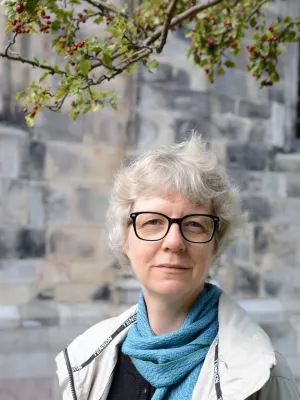
Sofia Feltzing
Professor of astronomy

The 4MOST instrument concept overview
Author
Summary, in English
Department/s
- Lund Observatory - Has been reorganised
Publishing year
2014
Language
English
Pages
91476-91476
Publication/Series
Ground-based and Airborne Instrumentation for Astronomy V
Volume
9147
Document type
Conference paper
Publisher
SPIE
Topic
- Astronomy, Astrophysics and Cosmology
Keywords
- 4MOST
- VISTA
- spectroscopic facility
- wide field MOS
- multi-object
- optical fibre
- system design
Conference name
5th Conference on Ground-Based and Airborne Instrumentation for Astronomy
Conference date
2014-06-22 - 2014-06-26
Conference place
Montreal, Canada
Status
Published
Project
- 4MOST - massive spectroscopic surveys of the Milky Way and the Universe
- The New Milky Way
ISBN/ISSN/Other
- ISSN: 0277-786X
- ISSN: 1996-756X

